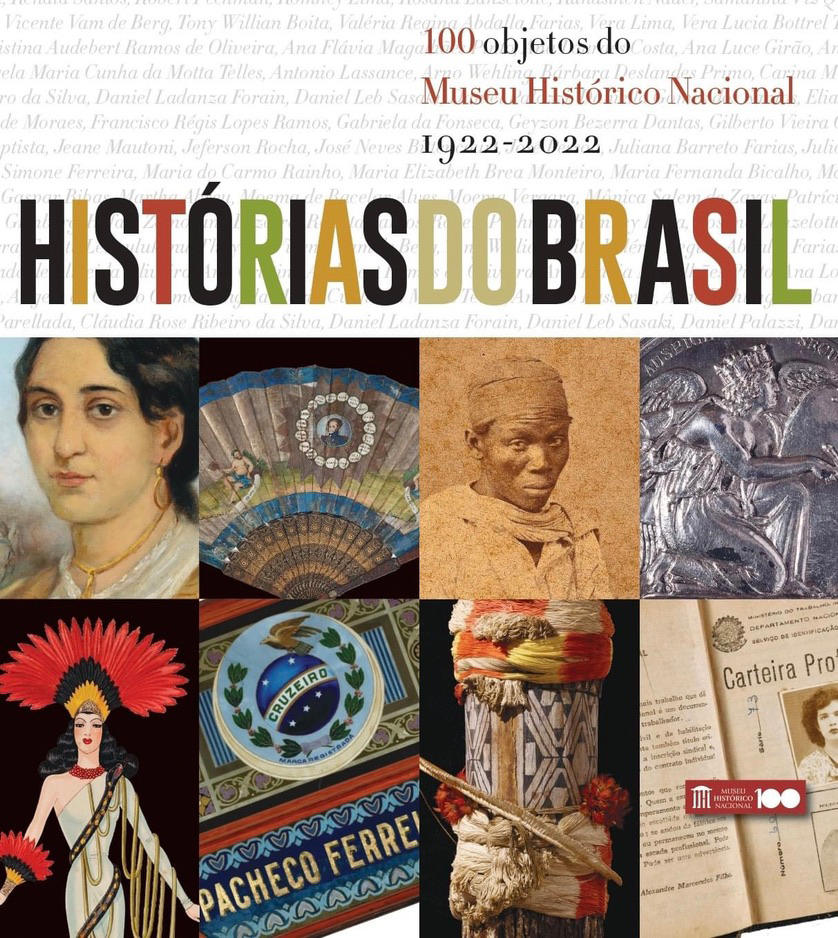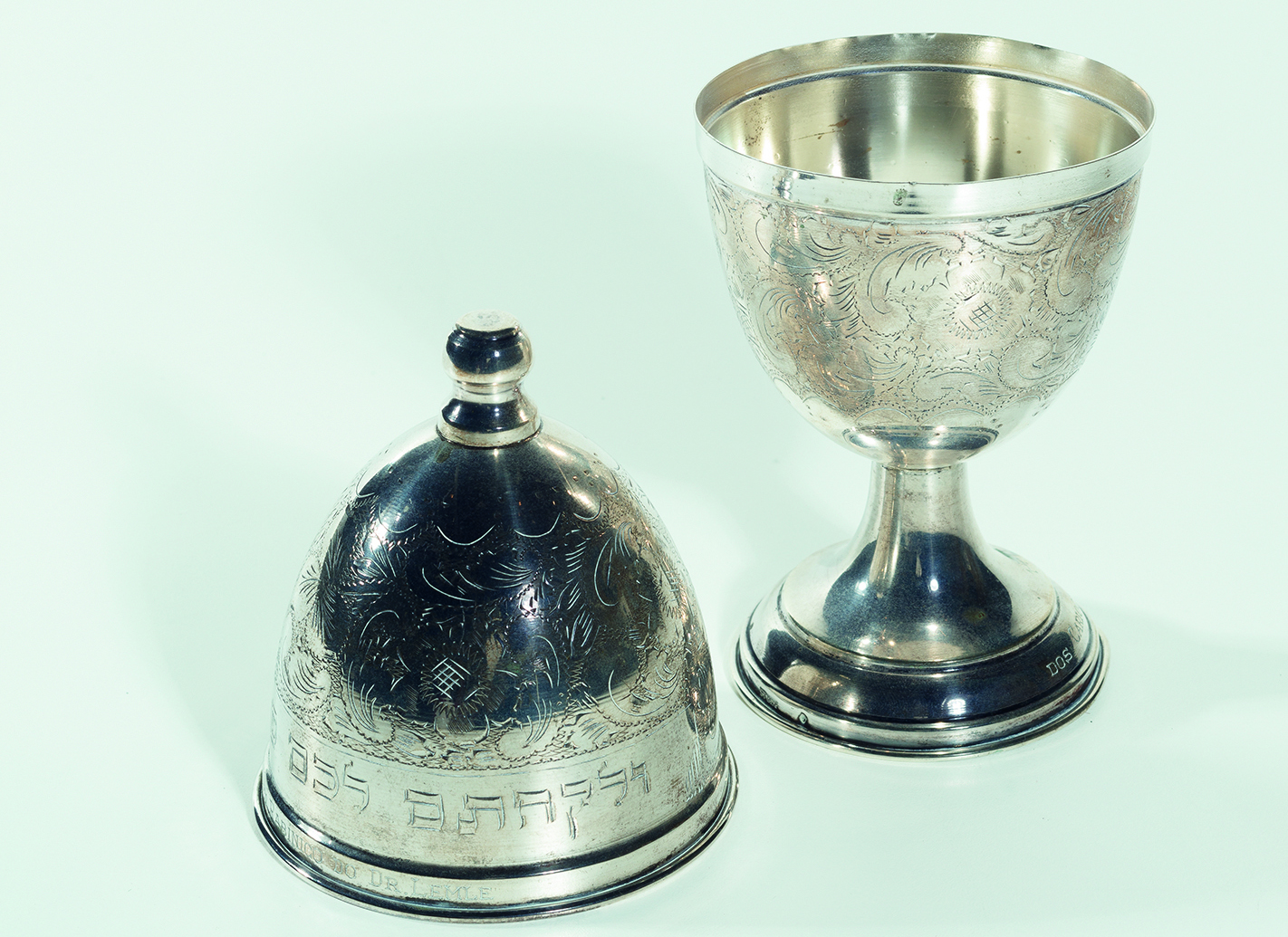Significant, although imprecise, are the years of Jewish presence in Brazil. They can vary according to the chosen count: whether since the period of the Great Navigations, or because of the Inquisition in the Iberian Peninsula, or Moroccan immigration, or because of the tsarist, Nazi, communist persecutions… or when they left in search of a prosperous and secure future for themselves and their descendants. Jews, who always moved through the Old World, also found their way to the New World.
The presence of Jews in Brazil was often undesired and, in a way, invalidated, for reasons beyond the way in which they pragmatically related to the country: raising their children, learning the language, incorporating habits, founding institutions for the common good and companies, enabling the present and sowing the future.
From the Austrian Jewish writer Stefan Zweig (Vienna, 1881 – Petrópolis, 1942) is the expression “Brazil, Country of the future”. Zweig saw in the miscegenation of races and ethnicities in Brazil the path of tolerance and integration that would inaugurate a new era of human coexistence. In Brazil, and especially in the city of Rio de Janeiro in the 19th and 20th centuries, we can attribute the fluid integration of Jewish immigrants to the multiethnicity of their individuals, to the horizontality of their personal and institutional relationships, without a central power, and to their resilience.
Judaica, a collection that testifies to History
Jewish immigrants from different times brought with them not only the particularities of their religious practice and the customs and customs of their countries of origin, but also a set of documents, books and objects with which they continued their Jewish lives. These objects of ritual or daily use, intrinsically linked to their observance of religion or food or behavioral commandments, constitute a collection called “Jewish” and can be or be used in the synagogue or at home.
In the Jewish tradition, the symbolic elements, edible or not, and the objects made to contain, preserve or present them, are devoid of sanctity in themselves and serve as instruments for the sanctification of Divine Creation. Judaica objects, such as candlesticks, cups, spice containers, candelabra, are categorized as such because they have inscriptions in Hebrew or in the language of the region of their manufacture, relating to a religious event or the cycle of life, or, in the absence of such characteristics, due to their origin or history of belonging.
In May 2022, the Museu Histórico Nacional received from the Associação Religiosa Israelita do Rio de Janeiro (ARI), founded in 1942 by German Jewish refugees from the Nazi regime, the donation of an “etrog holder”: a Judaica object used to accommodate the etrog (yellow cider fruit), one of the symbolic elements of the Sukot festival, the festival of huts. The National Historical Museum is today one of the first museums on the national history of a country outside Israel, perhaps the first, to include immigration and the presence of Jews in its collection and institutional program. Jewish museums record and exhibit Jewish immigration and presence in various countries around the world. However, national history museums do not include the history of that country’s Jews in their narrative or exhibit. The entry of the etrog holder in the Museum’s collection portrays the insertion of the Jewish community in Brazil and celebrates the hospitable way in which Jews were received in the country.
Etrog, the fruit that epitomizes character integrity
Probably originating in Southeast Asia, the etrog (Citrus medica) spread through Persia and Mesopotamia to the Mediterranean region. Between the 2nd and 3rd centuries it arrived in the region of Calabria, in Italy, as the first citrus fruit on the European continent, possibly brought from the Middle East by Jews.
The fruit is large, clearly asymmetrical at the base, and its rind, an intense, bright yellow, is exceptionally irregular for a citrus fruit. The characteristics of the etrog required for ritual use are many: The fruit must have a flower bud at the end and its skin must be smooth, without wrinkles or blemishes, and without bruises; and must be harvested from a healthy tree that has not been crossed with a conventional citrus plant. Also, the fruit should not be round, not too elliptical, and big enough to fill your hand.
The etrog is used symbolically in the liturgy of the feast of Sukkot, which recalls the tents/huts (sukot, in Hebrew) that the Israelites built and dwelt in the Sinai desert after the liberation from Egypt (Exodus). In this festival, four plant species symbolize, by their flavor and/or aroma or by their absence, the diversity of individuals that make up the Jewish community. One of these species is the etrog, which, having both aroma and flavor, is associated with fullness and integrity of character.
To safeguard the fruit during the eight days of the festival, containers were and still are manufactured or adapted, following the aesthetic style of the time and place where the Jewish community is established. In pressed, drawn and chiseled silver with floral motifs, the etrog holder at the National Historical Museum is probably from the mid-20th century and refers to an aesthetic style used since the 19th century by the Bezalel School of Arts in Jerusalem. The object bears inscriptions in Hebrew (Leviticus 23:40: “You will gather the fruits of the yellow cider tree.”) and in Portuguese (“On the fortieth Rabbinical Jubilee of Dr. Lemle. From Cariocas in Israel to ARI 1-4-1973 ”), which explain its use and the occasion on which it was dedicated to the Synagogue.
Grand Rabbi Dr. Henrique Lemle
Rabbi Dr. Lemle (Augsburg, 1909 – Rio de Janeiro, 1978) took his first post as a rabbi at the liberal synagogue in Mannheim on April 1, 1933, the day of the boycott of Jewish commercial establishments and medical offices in Germany. On that occasion, his investiture took place discreetly and without due celebration. Upon completing 40 years of rabbinical activity in 1973, the ARI, the congregation of which he was a co-founder and spiritual leader until his death, honored him with festive Shabbat religious services on Friday night and Saturday morning, occasion on which the etrog holder was dedicated to the Synagogue in his honor, and with the publication of a special bulletin.
Dr. Lemle left deep marks on the Brazilian Jewish community and a valuable legacy for world Judaism. He belonged to the last generation of contemporary rabbis to work in Germany before World War II and went on to become one of the most influential spiritual leaders of Brazilian Jews. In his 1944 work The Jewish Drama, Rabbi Dr. Lemle expresses gratitude: “For several generations, congregations of Israeli-Brazilians have flourished in the center and north of the country, undisturbed in the observance of their religion. These children of Brazil have achieved respected positions in Brazilian society and economy, while standing out for their loyalty to the Israelite faith. In this way, they made visible one more trait of the truly democratic character of this country: fidelity to the Jewish religion did not prevent them from being classified among the most patriotic children of Brazil.”
In addition to being a driving force within the Carioca and Brazilian Jewish community, Rabino Dr. Lemle intensely sought dialogue with Christian entities and other instances of Brazilian society, so that they could work together for a peaceful coexistence between religions and ethnicities, which he was recognized with the granting of the title of Honorary Citizen of the City of Rio de Janeiro. He was the founder of the Judeo-Christian Fraternity, today Interreligious and Interethnic Dialogue, and implemented the Chair of Hebrew Language at the Federal University of Rio de Janeiro. His death in 1978 did not end his comprehensive work, whose effect is perpetuated as a teaching of renewal, a reference for harmonious coexistence and an example of integration and inclusion.
The new century poses new challenges, but it also brings stale issues that should have already been overcome: anti-Semitism, racism, distorted views about people and peoples. Stefan Zweig’s vision, Rabbi Dr. Lemle and the lives of the many immigrants who made Brazil their home, synthesized in this representative object of Jewish tradition and integration into the country, urgently need to be translated into actions for the resumption of a perennial project, in which knowledge and understanding lead to tolerance and to good coexistence.

